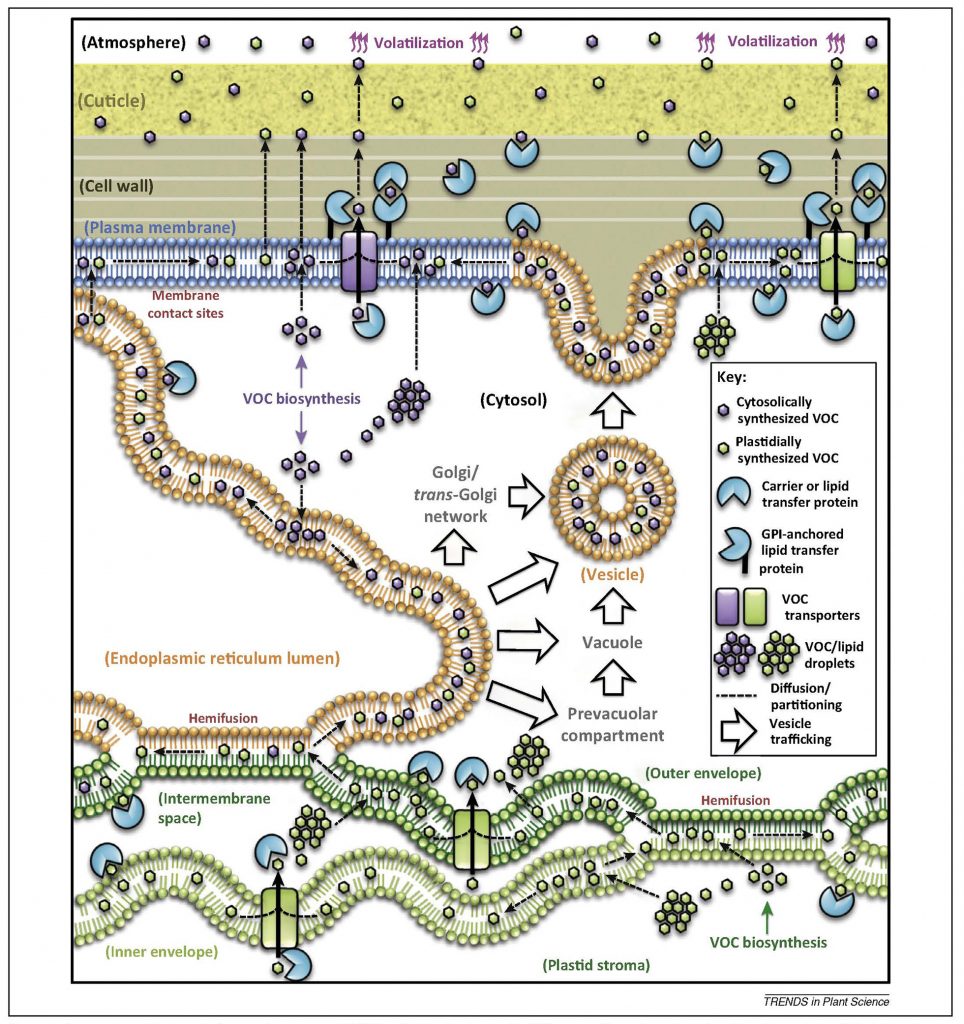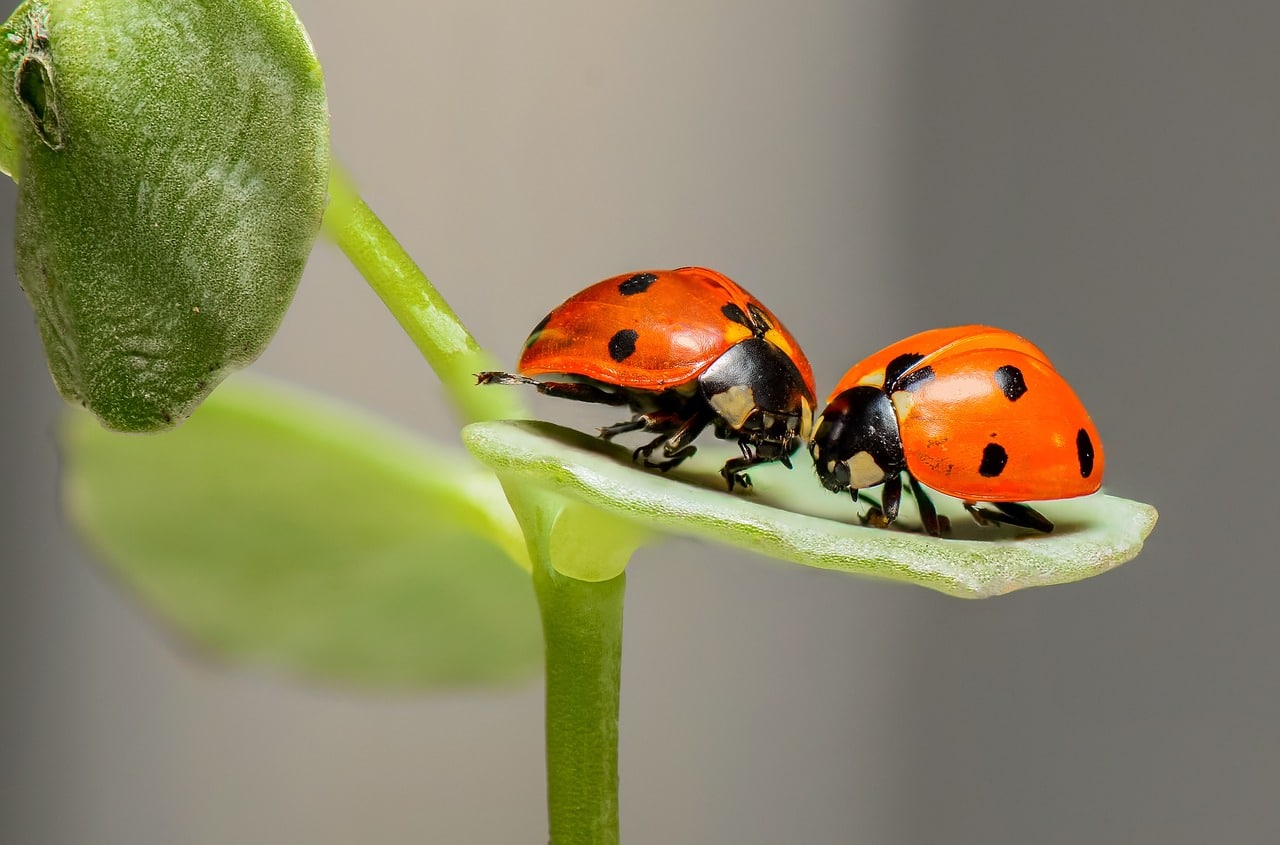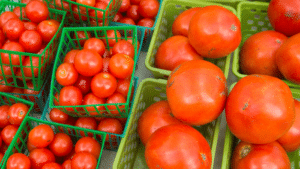Purdue University research suggests active biological mechanisms transport scent and taste compounds known as volatiles from plant cells to the atmosphere — a finding that could help researchers boost plant health and defenses, develop new ways to manage pests, engineer smells and flavors and control the timing and release of volatiles.
The researchers hypothesized that biological mechanisms actively lower volatile concentrations in membranes, which would also account for a problem unaddressed by the traditional diffusion model: how volatiles, which are averse to water, can travel from their point of origin across the plant cell’s water-based cytosol and aqueous cell wall.
They proposed several methods for volatile transport based on how other hydrophobic compounds travel in the cell, including ferrying across the cytosol in the fatty layer of circular structures known as vesicles and traveling along networks of chutelike membranes.
More information is available here: http://www.purdue.edu/newsroom/releases/2015/Q3/study-biology,-not-just-physics,-controls-release-of-scent-compounds-from-plants.html













